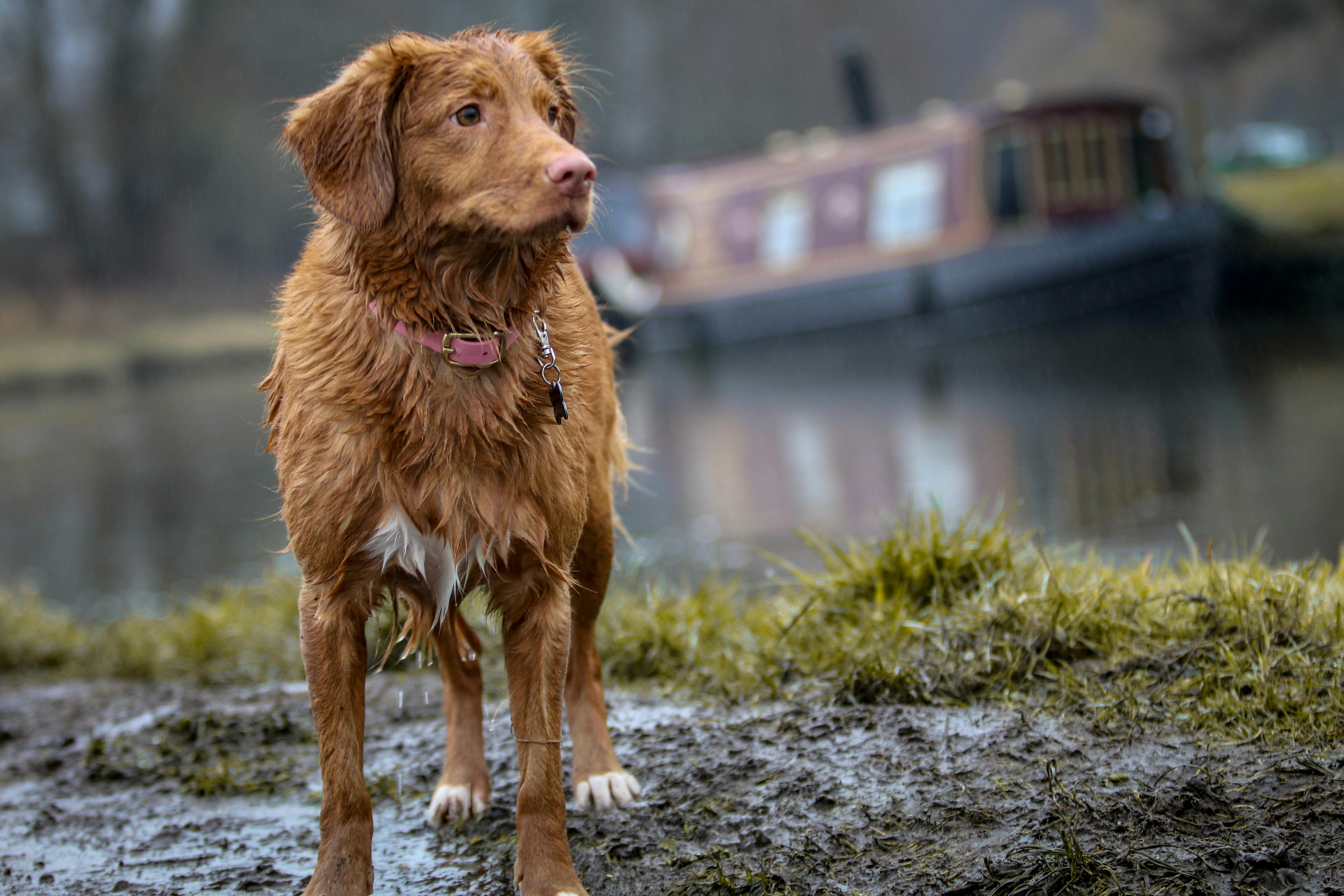Published: 8/25/2021
After Hurricane Katrina in 2005, it was clear that disaster
plans had not included pets. Many families put themselves in danger by refusing
to evacuate without their beloved furry family members who were not welcome in
shelters. And it was estimated that 100,000 pets were separated from their
families during and after the hurricane, with perhaps 70,000 of them dying
before they could be reunited with their pet parents.
Katrina was not an isolated incident, as pets can easily be lost
during any natural disaster, including
earthquakes,
wildfires,
tornadoes
and
floods.
No one wants to leave their pet behind, and being forced to do so only causes
more anxiety and stress for pet parents. Many will refuse to evacuate without
their pets, or could return too early to dangerous conditions at home to try
and find them. Taking steps to
include
your pets in your disaster planning can help you ensure their safety- but
what about the rest of your community?
It’s easy to put off planning for something you don’t know
is coming, and many families are caught off guard when disaster strikes. But
you can help your neighborhood pets stay safe with a few proactive steps that
gets your neighbors thinking ahead. Here’s how!
#1. Find a local pet friendly emergency shelter
Many emergency shelters don’t allow companion animals,
including most run by the American Red Cross. Do some detective work and search
for a local shelter that does, and be sure to find out if they have any requirements for
pets, such as current
vaccines and licensing. If your neighborhood has its own emergency
shelter, find out if it is pet-friendly, and if it isn't, talk with local leaders to
discuss how to change it to be. Then, be sure to spread the news to your neighbors
that there is a safe place to go with their precious pets by word of mouth, and
by posting to your community bulletin board.
#2. Hand out Pet Disaster Kit checklists
Few families have an emergency kit for when the worst
happens, and even fewer have gathered supplies for their pets. Help them out by
preparing a simple checklist of what to include to keep pets safe and able to
be quickly relocated. Whether at the local dog park, at community events, or
even door to door, pass out the checklists which can include basic supplies,
space for veterinarian and pet-friendly housing information, and ID and
microchip numbers. You can also include a
first aid kit list
to help treat any injuries that may happen.
#3. Set up a buddy system
Cozy up to a trusted neighbor with pets, swap keys and discuss
helping each other out when the weather turns dangerous. Having a buddy system
in place means there is always someone else who is looking out for your pets if
you aren’t home, and they can also feel safer knowing they have someone to keep
their animals safe in an emergency. Get more neighbors involved, and soon you’ll have a network
of pet owners who know where the pets are in each house, and can help out in
any situation, which means your animals will have lots of guardian angels to
help keep them safe.
#4. Distribute "Pets Inside" stickers
Rescue alert stickers are simple and easy ways to tell
emergency responders that you have pets inside that need saving. Placed by
the main doors and windows, these stickers usually have space to fill in how
many pets you have to help responders find them. Often, you can get these
stickers from animal organizations like ASPCA and local vets and shelters, but
you can also find them online. Grab a ton and give them to all your neighbors
with pets. Be sure to let them know to write ‘evacuated’ on the sticker if they were
able to safely leave with their pets so that no responder is caught in a dangerous
situation looking for them.
#5. Plan neighborhood evacuation drills
Set a date with your pet owning neighbors to practice
evacuation drills. During these community events, you can discuss commands that
can help pet parents wrangle pets in a confusing situation, such as to
follow you, to
swim, to
leave it or
drop it, and to
come
when called. Working on
desensitizing pets to
loud noises is also key in keeping their focus on you. If you and
your neighbors have come up with an evacuation route, do practice runs with
pets getting in their harnesses and carriers, heading to cars, and going to the
designated shelter or other safe place.
#6. Host a mobile microchip event in your neighborhood
We all know
how
important an ID is to get a lost pet back. But collars and ID tags can get
torn off or lost.
Microchips
are the safest and best way to reunite with your lost pets, and only take minutes
to implant in cats and dogs. Find a local mobile vet and schedule an event in
your neighborhood. Be sure to let all your neighbors know ahead of time. Pull
out the grills, throw on some dogs and burgers, and get pet-safe treats ready
to treat everyone for their disaster preparedness.
With a little help, your neighbors can begin their own journey
to disaster preparedness for their family and pets, ensuring that everyone, human
and animal alike, can safely weather anything nature throws at them.

